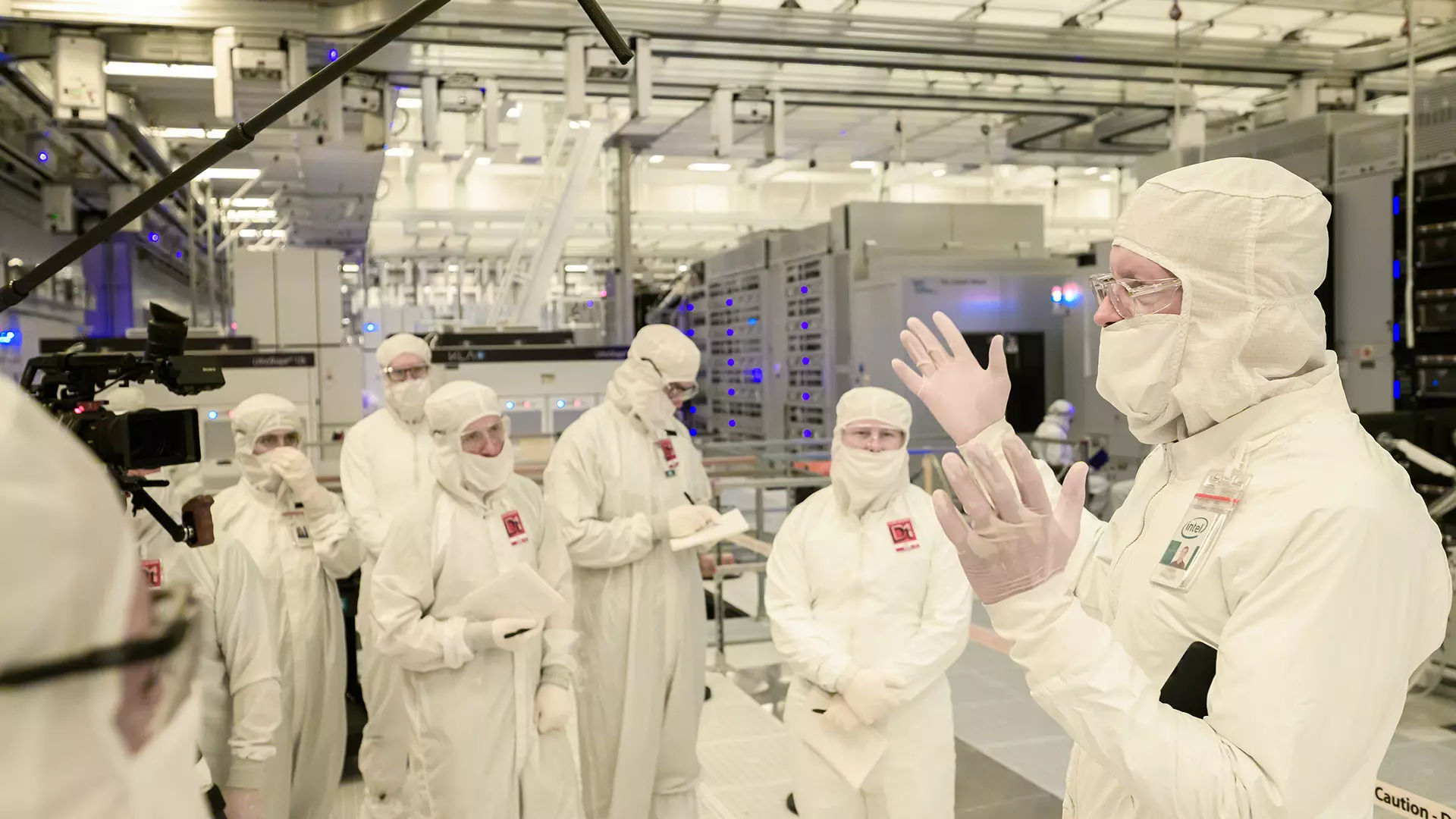As we tread through the technology landscape of 2024, Intel’s workforce decisions have come into sharp focus. The semiconductor titan recently revealed plans to cut approximately 107 jobs at its Santa Clara headquarters in California, part of a broader strategy to streamline operations and reduce expenses in a turbulent market. These layoffs follow an earlier reduction of 5% of the company’s workforce earlier in the year, signaling a critical crossroads for one of the industry’s historically dominant players.
The measures being enacted at Intel are no mere whims or reactions to trivial challenges; they are strategic maneuvers in a company facing a rapidly evolving technological ecosystem. With the increasing competitiveness of the semiconductor industry—largely driven by the rise of AI, cloud computing, and edge solutions—Intel’s management has acknowledged the need for a more agile organization. As articulated by an Intel spokesperson, the intent is to “become a leaner, faster, and more efficient company,” a prime objective that resonates with many tech firms today yet raises unsettling questions about the human cost of corporate transformation.
The Layoff Landscape: Jobs at Risk
Under California’s Worker Adjustment and Retraining Notification Act, the necessity for transparency in large layoffs becomes paramount. The notification to employees serves a dual purpose: it allows the affected workers time to prepare for the drastic transition while casting a spotlight on the nature of the job cuts. Among those impacted are an array of engineering roles, which underscores a rather ironic twist in Intel’s supposed strategy of retaining engineering talent while simultaneously letting go a significant number of engineers.
Reports highlight that nearly 50% of the roles targeted for elimination are within engineering disciplines. This includes physical design engineers, product development engineers, and various cloud software positions—all critical to maintaining Intel’s competitive edge in technology innovation. The presence of managerial roles within the cut list, such as engineering project managers, only heightens the stakes. It brings forth the notion that while Intel seeks to remove layers of management complexity, it is inadvertently compromising its talent pool, potentially stifling innovation along the way.
Aiming for Cost Reductions: The Financial Imperative
At first glance, Intel’s objective of cutting $500 million from its operational costs in 2024 appears rational within the contemporary business framework. Yet, this initiative signals an unsettling trend: is the company effectively sacrificing its core engineering expertise for short-term financial gains? Each layoff may yield immediate savings, but the long-term implications could lead to a talent drain that hampers product development and technological innovation, critical components for a tech giant in an age where agility and innovation are paramount.
Moreover, Intel’s decision to outsource certain functions, including marketing via AI consultancy firms, suggests that the cost-cutting measures extend beyond immediate layoffs. This, however, introduces a looming uncertainty regarding job security not just within engineering but across the broader organizational fabric. The multifaceted approach taken by the company raises questions about the depth of its commitment to nurturing the very talent that has catapulted it to the forefront of the semiconductor industry.
Leadership and the Outlook Ahead
In the backdrop of this transition is Intel’s new CEO, Lip-Bu Tan, whose agenda centers on aggressive cost slashes and operational efficiency. While streamlining processes can lead to enhanced performance, there exists a delicate balance between efficiency and employee morale. As the chipmaker pivots toward a more corporate-driven strategy, the question remains: can it retain the innovative spirit that has long characterized its workforce?
As the landscape continues to evolve, tech giants must remain vigilant in their approach to workforce management. The path Intel is charting may yield short-term liquidity, but at what juncture does it jeopardize the very essence of the company’s innovative capabilities? While embracing efficiency is critical, the true challenge lies in fostering a culture that still prioritizes human talent amidst a chilling trend of layoffs and automation. Thus, as Intel continues its quest for efficiency, stakeholders must watch closely; the ramifications of today’s choices could echo into the company’s future, welcoming a new era where the balance between innovation and cost truly defines its success.

